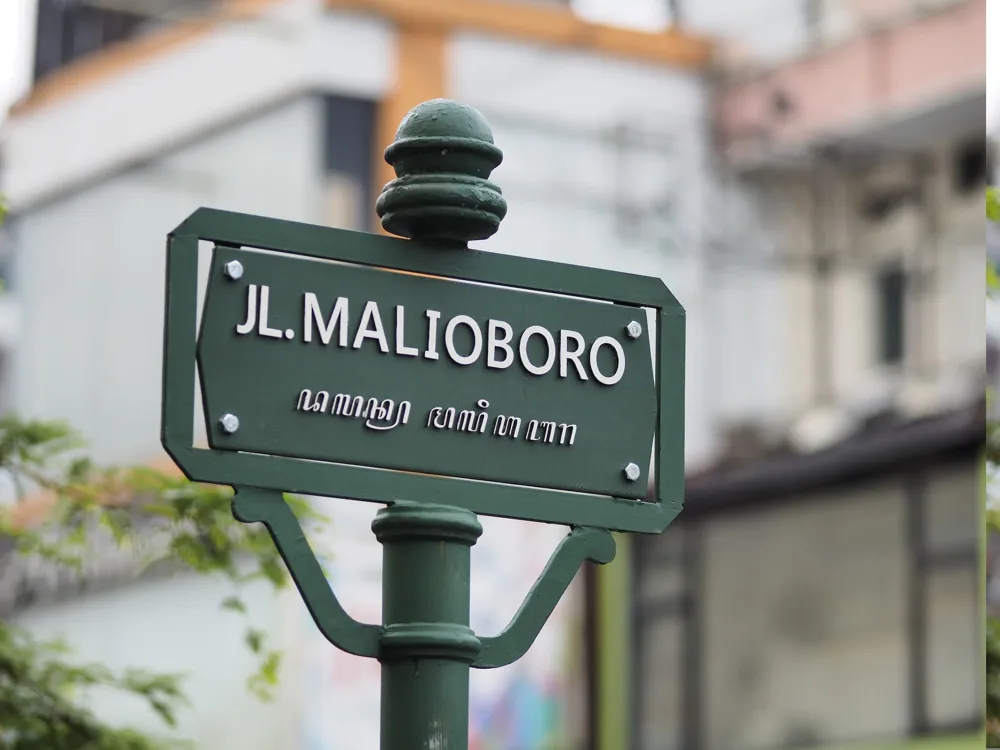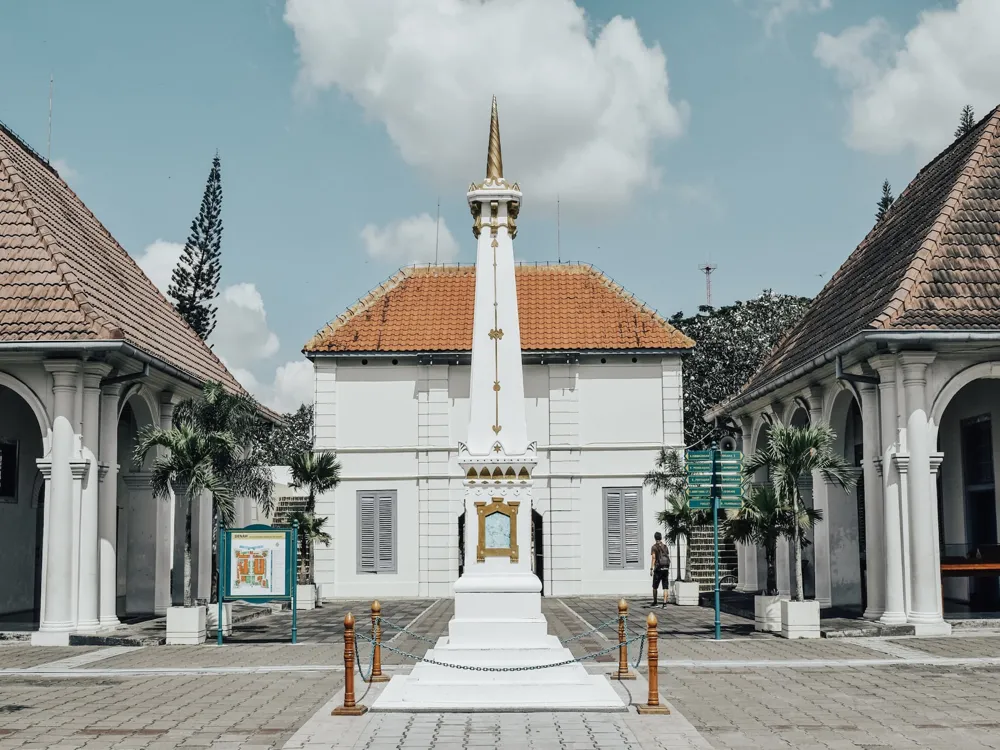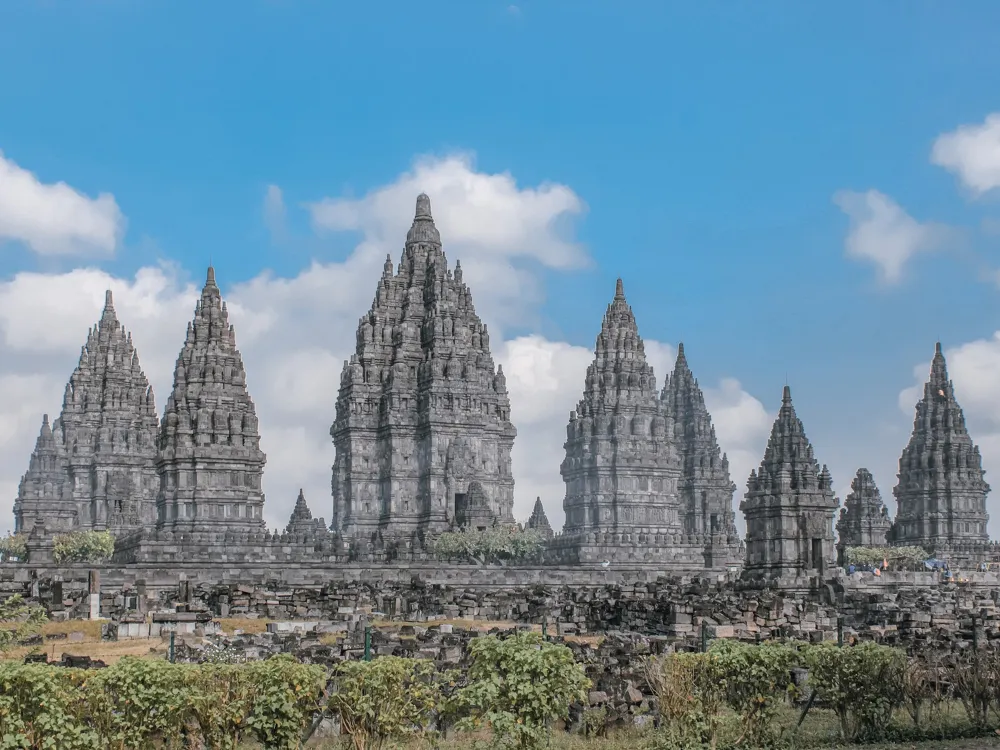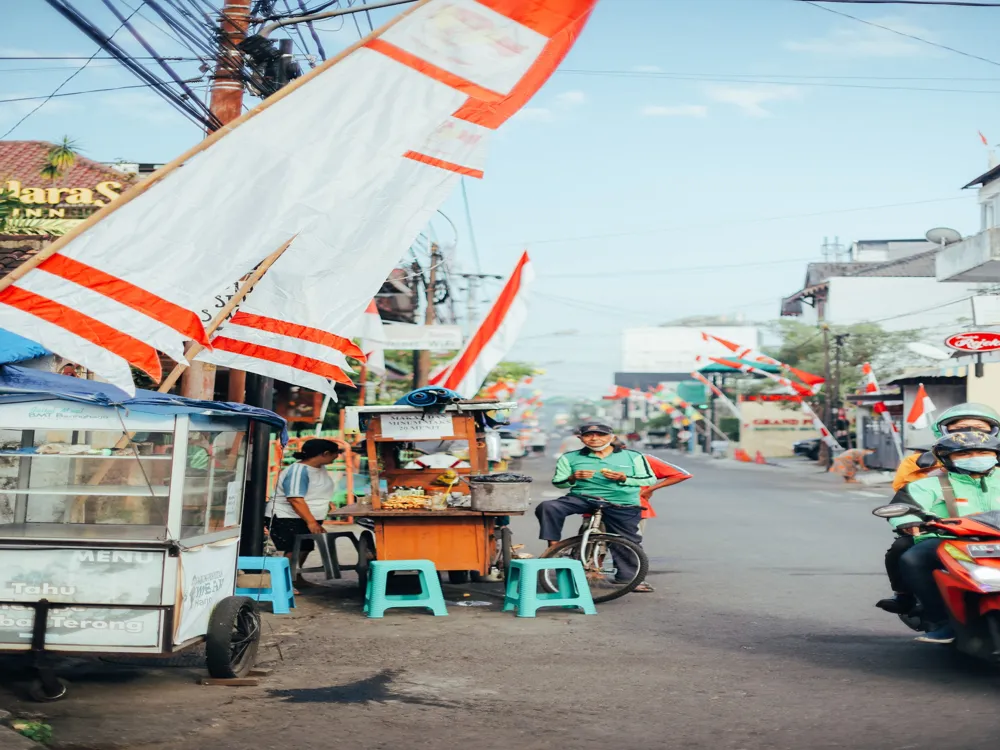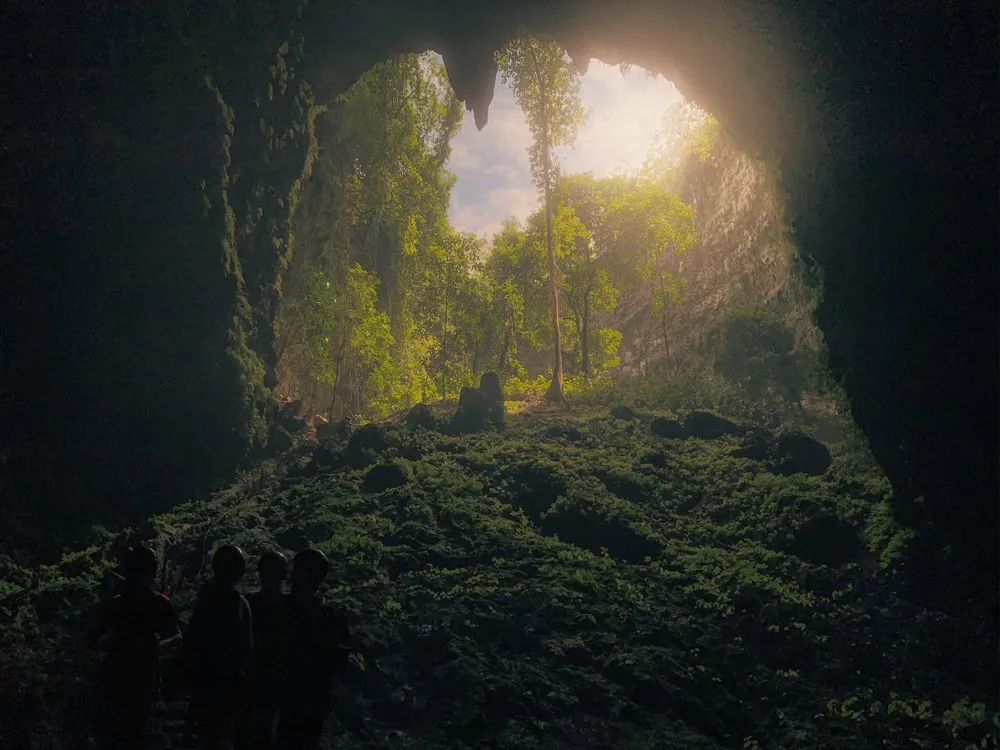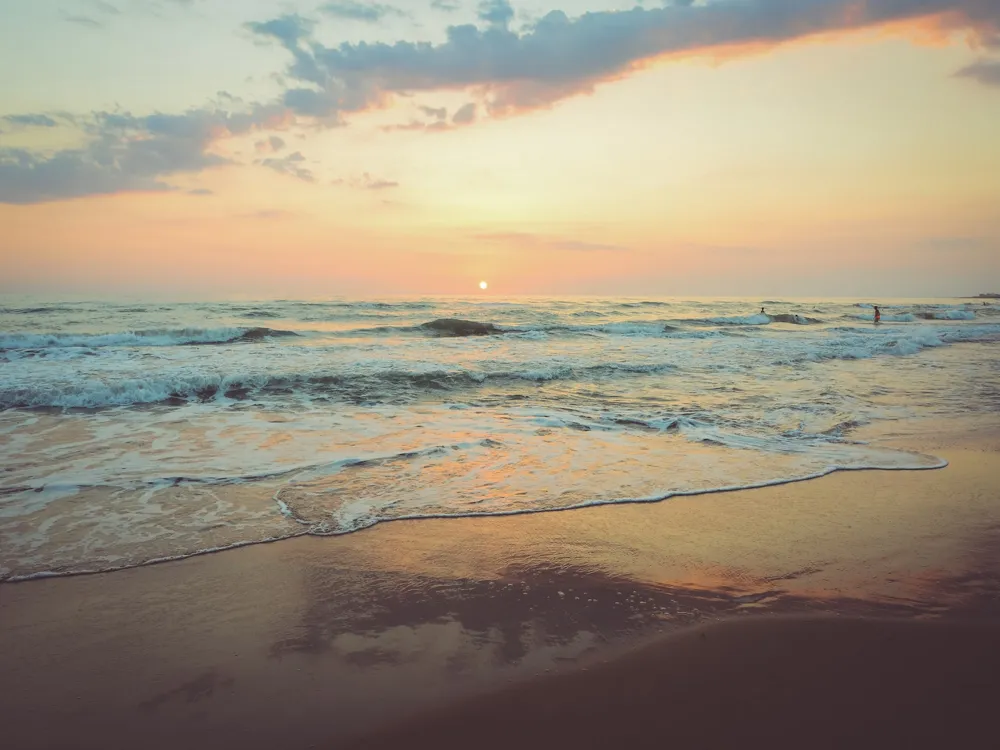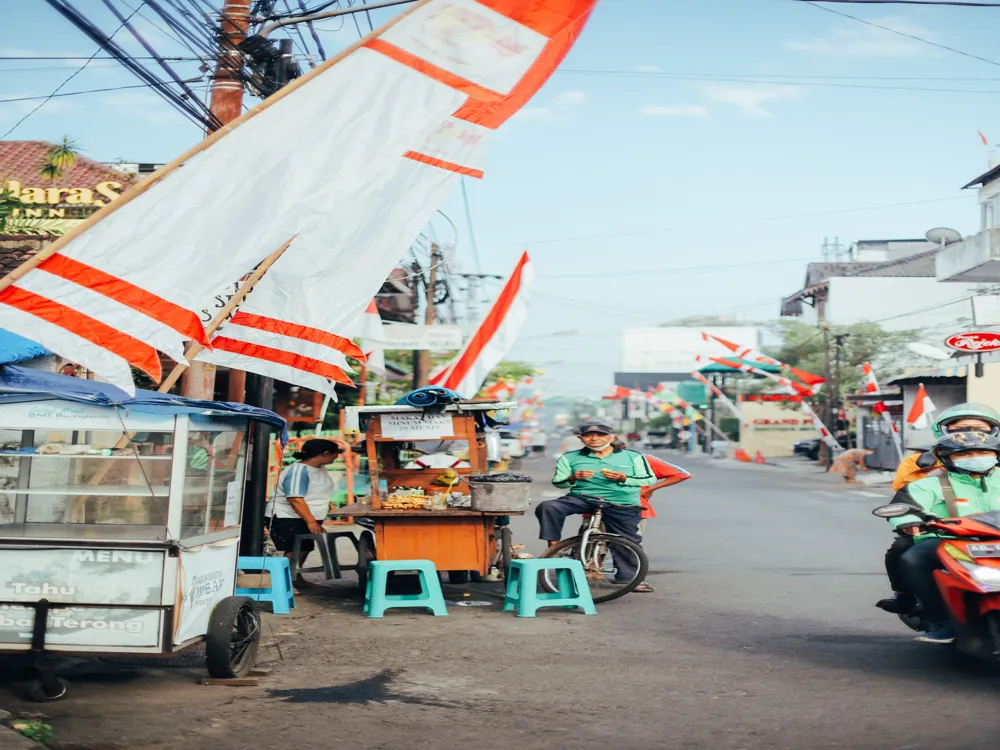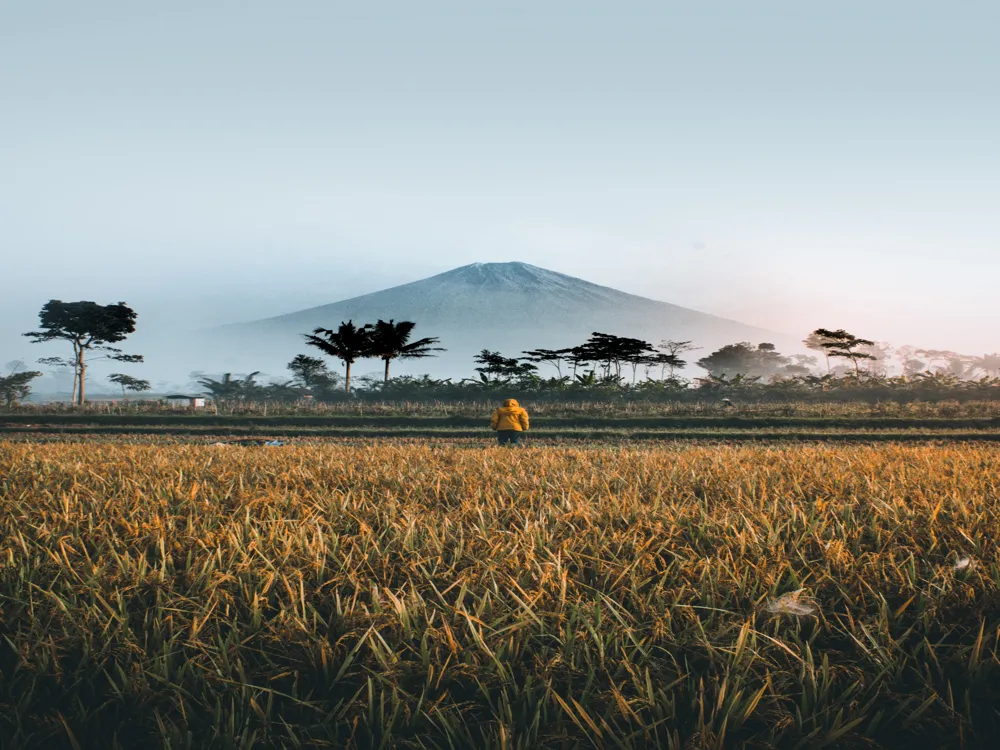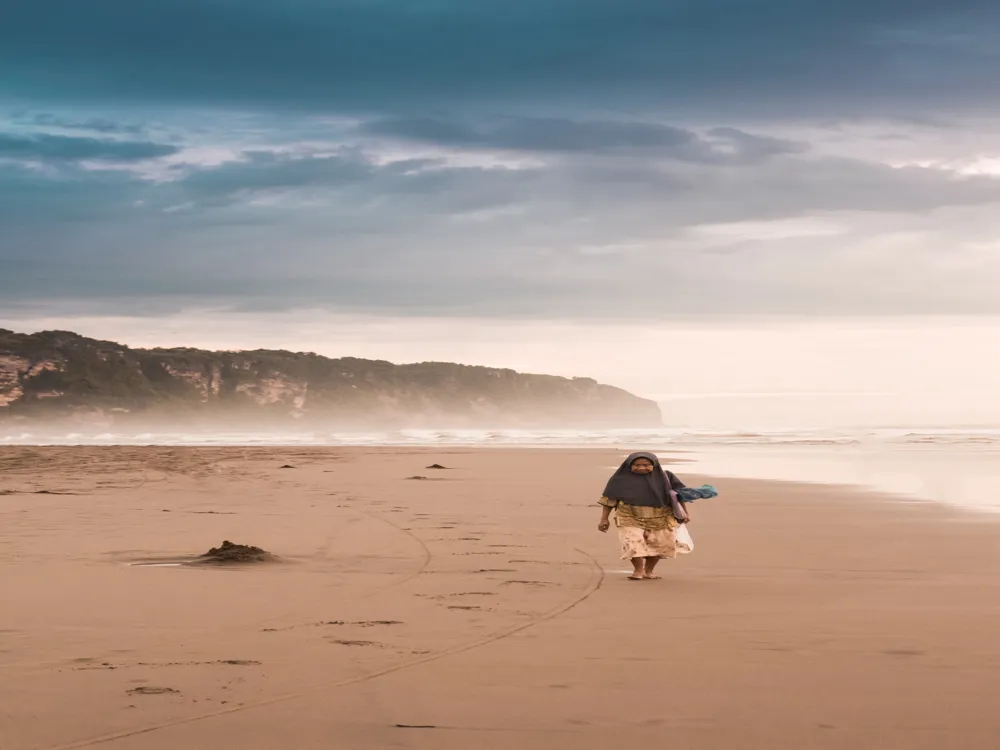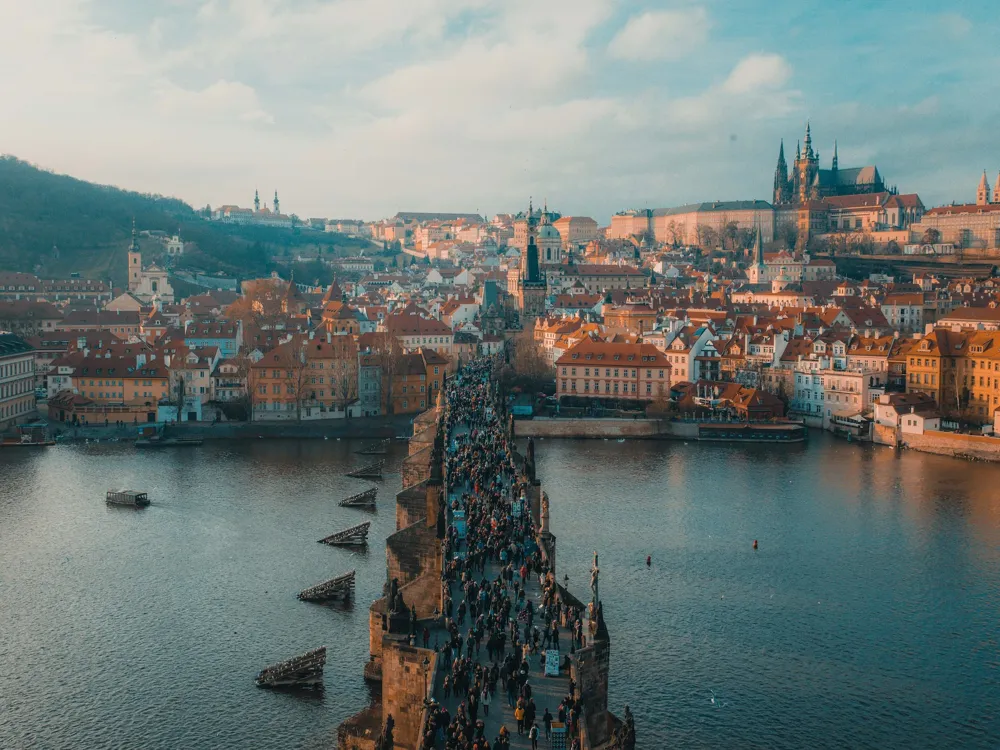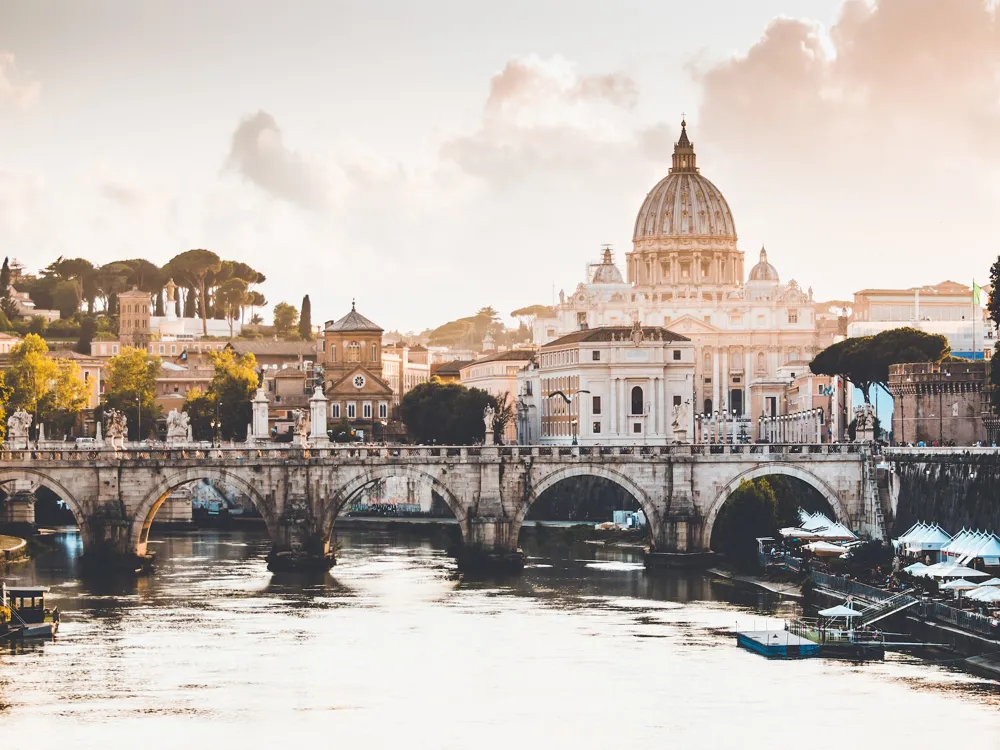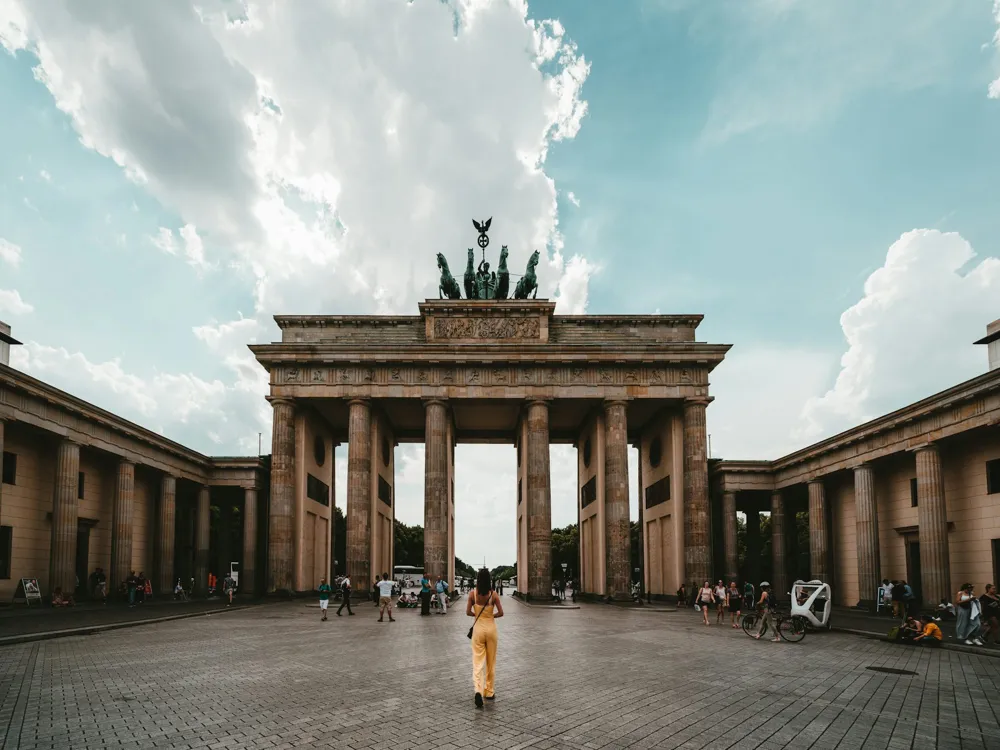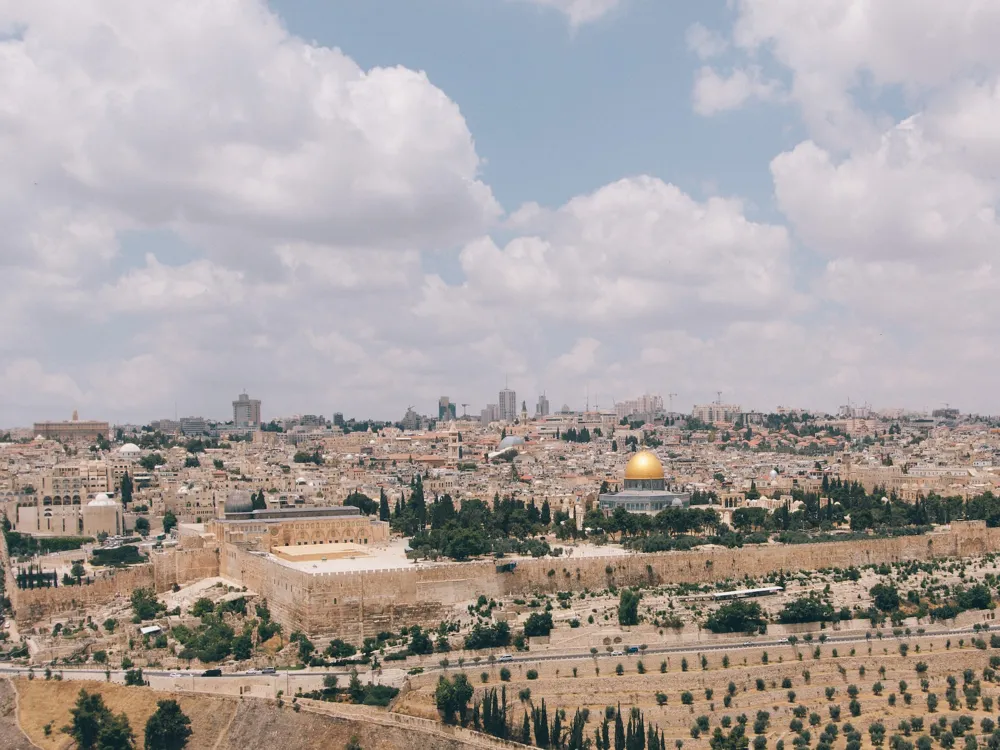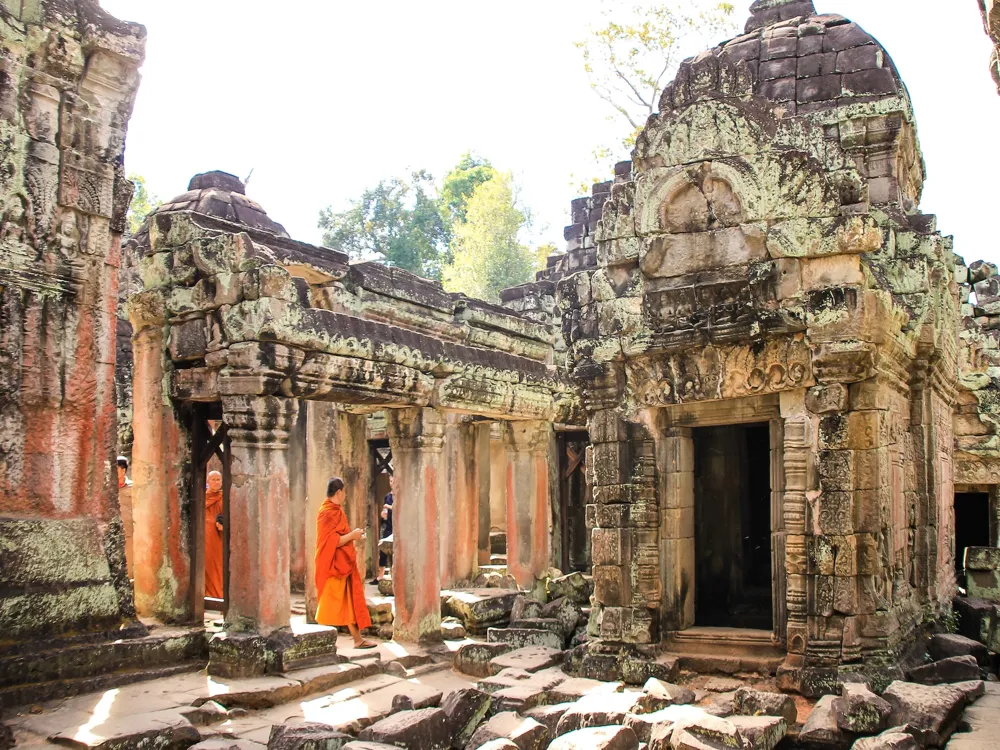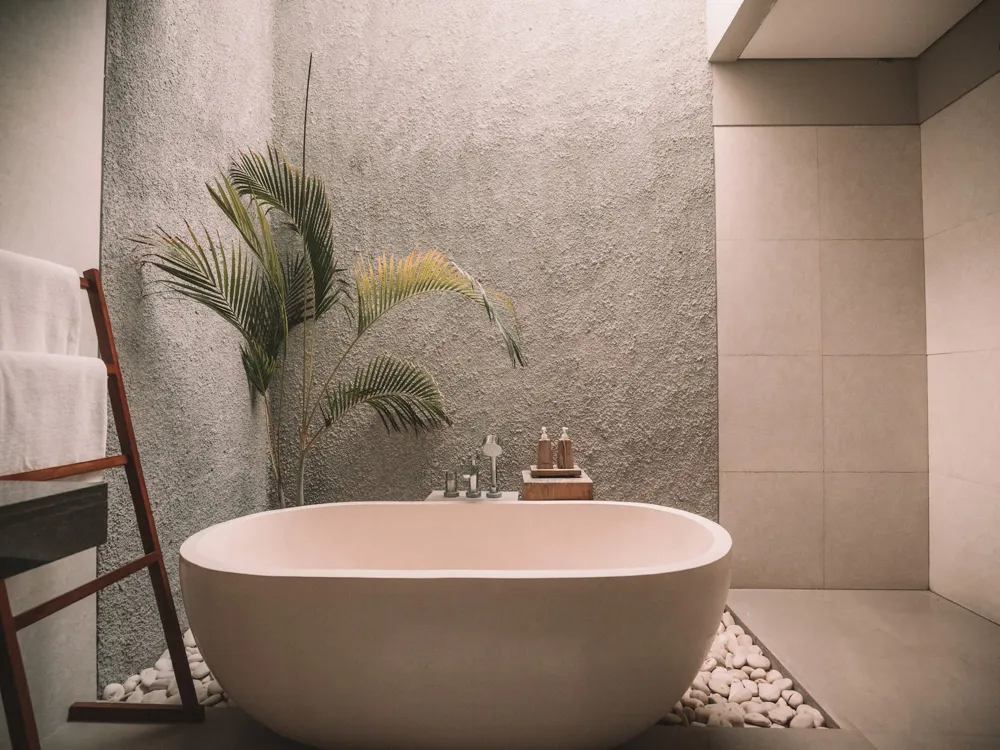Best Time to Visit Yogyakarta
Indonesia
2 out of 41 Places to visit in IndonesiaNaN onwards View Packages
Get Customized PackagesThe Land of Diversity
Top Hotel Collections

Private Pool

Luxury Hotels

5-Star Hotels

Pet Friendly
What is the Best Time to Visit Yogyakarta?
Yogyakarta, the cultural heart of Indonesia, beckons travelers with its rich heritage, stunning landscapes, and vibrant traditions. Choosing the right time to visit this enchanting city is crucial to ensure an unforgettable experience. Let's delve into the nuances of Yogyakarta's seasons and discover the best moments to explore this captivating destination.
More about the Best Time to Travel to Yogyakarta
Travel Peak Season in Yogyakarta: Embracing the Buzz
Yogyakarta's peak season unveils itself with a symphony of cultural festivities, attracting globetrotters from around the world. From June to August, witness the city's vibrant spirit during events like the Yogyakarta Arts Festival. Plan your visit during these months to indulge in the bustling energy and explore the city's historical wonders.
Travel Offseason in Yogyakarta: Serenity Amidst Tranquility
For those seeking a quieter escape, Yogyakarta's offseason provides a serene alternative. From November to March, the city experiences fewer crowds, allowing you to immerse yourself in the local culture without the hustle. While rainfall is more frequent, the charm of Yogyakarta under soft drizzles creates a unique and intimate atmosphere.
Yogyakarta Travel Packages
View All Packages For Yogyakarta
Yogyakarta in Shoulder Season: A Delightful Balance
Shoulder seasons, from April to May and September to October, strike a perfect balance between crowds and tranquility. Enjoy moderate weather, fewer tourists, and the flexibility to explore renowned attractions like Borobudur and Prambanan temples without the usual rush.
Yogyakarta in Hot Season: Sun-Kissed Adventures
Embark on a sun-kissed adventure in Yogyakarta's hot season, from April to September. Bask in the warmth as you explore the city's open-air markets, lush landscapes, and ancient temples. Don't forget to stay hydrated and savor the unique blend of cultural experiences under the Indonesian sun.
Yogyakarta in Rainy Season: Navigating the Monsoons
While the rainy season, from November to March, may bring occasional showers, it adds a refreshing touch to Yogyakarta's landscapes. Pack accordingly and witness the city's lush greenery come to life. Engage in indoor cultural activities and savor the local cuisine to make the most of your rainy season visit.
Yogyakarta in Cool Season: Crisp Air and Cultural Bliss
Indulge in Yogyakarta's cool season, from June to August, marked by crisp air and clear skies. This period offers an ideal climate for exploring the city's cultural gems, from museums to traditional performances. Embrace the cool breeze as you navigate the historic streets, creating memories amidst Yogyakarta's cultural tapestry.
In conclusion, Yogyakarta's diverse seasons cater to every traveler's preferences. Whether you seek vibrant festivities, tranquil retreats, or a perfect balance, this Indonesian gem welcomes you with open arms. Choose your preferred time, and let Yogyakarta unveil its enchanting wonders.
Places To Visit In Yogyakarta
View All Places To Visit In YogyakartaNearby Places Yogyakarta
Yogyakarta Photos
View All Photos For YogyakartaBrowse Package Collections
Browse Hotel Collections
Faq
Q: When is the best time to visit Yogyakarta for cultural experiences?
A: For an immersive cultural experience, plan your visit during the dry season from May to September. This period ensures vibrant festivals, traditional performances, and clear skies for exploring Yogyakarta's rich heritage.
Q: What is the ideal time to explore Yogyakarta's outdoor attractions and natural beauty?
A: The best time for outdoor adventures and exploring Yogyakarta's natural wonders is during the dry season from June to August. This guarantees pleasant weather for activities like hiking, cave exploration, and visits to waterfalls.
Q: When should I visit Yogyakarta to avoid crowds and high prices?
A: To steer clear of crowds and potentially high prices, consider planning your trip during the shoulder seasons in April or October. During these months, the weather is still favorable, and you can enjoy Yogyakarta's attractions with fewer tourists.
Q: Is there a specific time to witness traditional ceremonies and rituals in Yogyakarta?
A: To witness authentic Javanese ceremonies and rituals, plan your visit around major cultural events such as the Sultan's birthday celebrations in June or the traditional puppet theater performances that often take place during the dry season.
Q: What is the monsoon season in Yogyakarta, and should I avoid it?
A: The monsoon season in Yogyakarta typically occurs from November to March, bringing heavy rainfall. While some travelers may prefer to avoid this period due to rain-related disruptions, it can be a unique experience for those interested in lush landscapes and cultural events that take place despite the rain.

